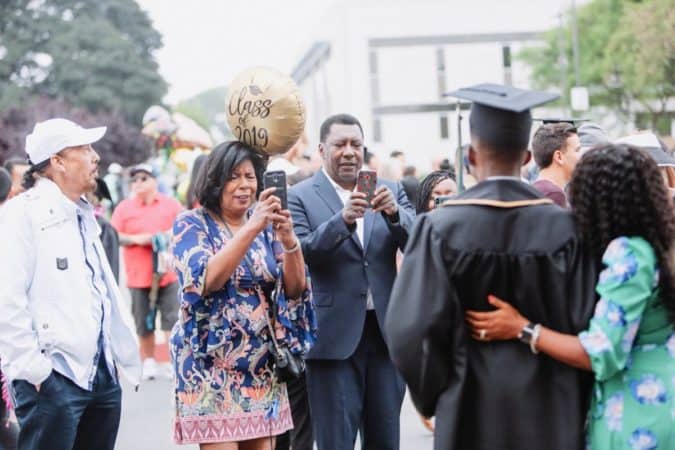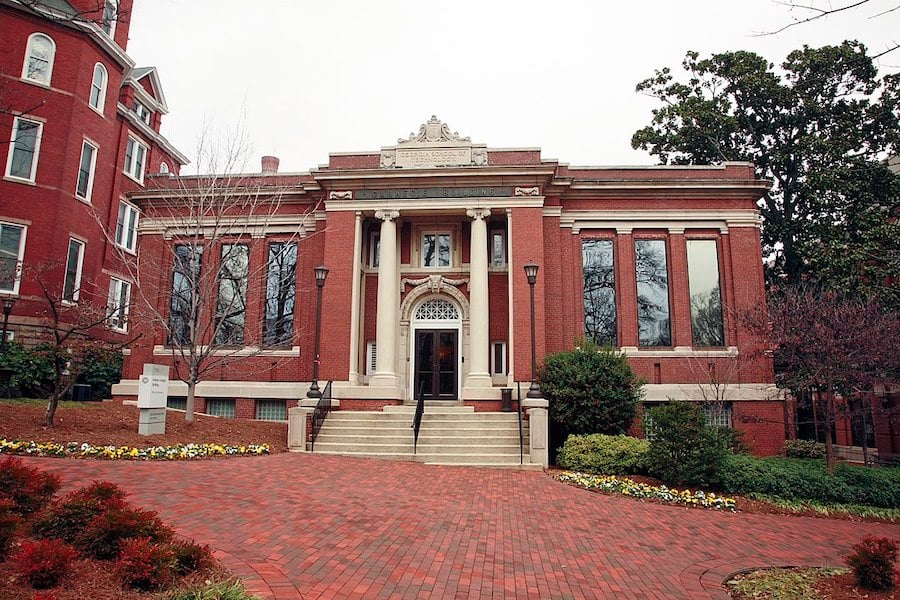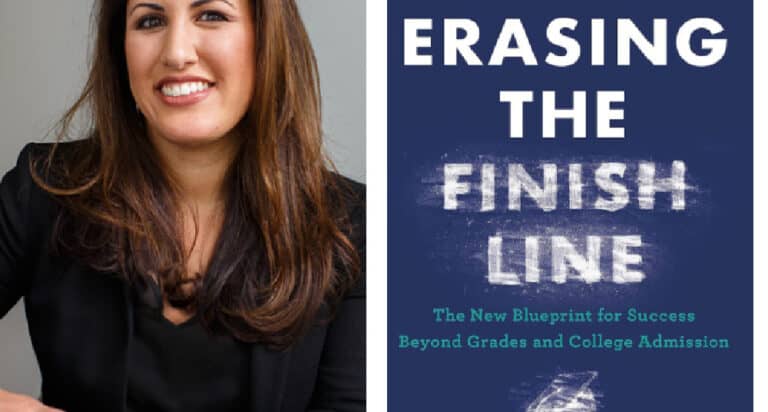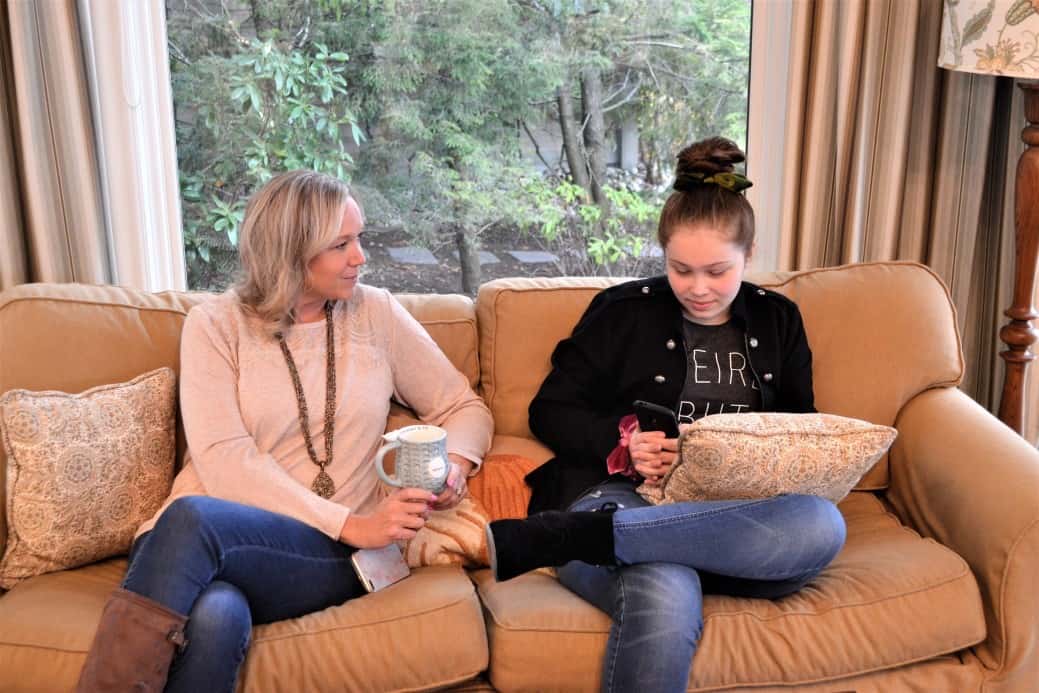At every stage of raising a child, we parents ask ourselves, “What will be best for my child?” When it comes to their schooling, and according to our financial resources, we spend a lot of time considering their educational options: we evaluate the school district we reside in; we may weigh the pros and cons of private versus public education and estimate how much we are willing to pay for primary and secondary education; and we contemplate the many trade-offs we could make to help mold our children into who they will become. How will the school they attend affect their identity, development, and friend group? Will I as a parent have to worry about racism or other forms of discrimination?

In a 2019 story in the Washington Post titled “The Tough Choices Black Parents Face When Choosing a School for Their Children,” many parents interviewed for the story described the tough decisions they faced when examining educational choices. One parent called it the “head versus heart” dilemma. When a school that’s a better option academically lacks racial diversity, there is almost always a price a Black child will pay in terms of their sense of self. As a parent, your head tells you that putting them in a high-ranking public school or private school is a smart decision. But your heart aches at the thought of what your child may have to endure there.
When I (Tim) think back to the many things that drew me to my college of choice, I would say there was really no choice to be made. The choice was cemented in the brotherhood of Morehouse College, in the thriving Black affluence of the city of Atlanta, and with the deep indoctrination in Black culture that came with attending an HBCU (the commonly used acronym for historically Black colleges and universities).
When I think back on those years at Morehouse, yes, my academic experience was rich and helped shape the person I became, but it was the environment, support, and the constant affirmation of who I was as a Black man that framed those years the most. I came from a predominantly white high school and community in Arlington, Texas, and I found at Morehouse more than a college education; Morehouse helped me better understand my identity as a young Black man in America. The school gave me the confidence to go out into the world and instilled in me the necessity to serve.
My wife had a much different upbringing in Country Club Hills, a south suburb of Chicago. Both her older brother and sister went to college and her father completed his doctorate, but there was no one outside her immediate family who attended college and, she maintains that she was misinformed about the college search process.
She excelled in Advanced Placement courses, was involved in activities, and scored well on the ACT; however, with poor guidance, she applied to only two schools: Hampton University and the University of Miami. She chose to swap the harsh winters of Chicago for mild winters on the beaches of South Florida.

As she and I got to know each other as friends, one thing became evident: our college days were stark contrasts. While my experience was defined by “traditional” Black culture and experiences, she was experiencing her Blackness in an entirely different way. Having graduated from a largely Black and Latinx high school, she found her transition to the University of Miami to be a bit of a shock.
The campus exposed her to how variant being Black could be. She had her first experience being identified as an American Black among Bahamians, Jamaicans, and Haitians, together with affluent white, Cuban, and international classmates. My college experience largely strengthened my identity, yet she learned how to cling to hers differently. Naïvely drawn to the school because of the academics, beautiful campus, and strong sports reputation of “The U,” she received a quick lesson in socioeconomics and experienced being an “only” in the classroom.
While her time at Miami was rich in culture, there were moments defined by self- segregation, as described in the modern classic Why Are All the Black Kids Sitting Together in the Cafeteria? by Dr. Beverly Daniel Tatum, who is a Wesleyan University graduate and former Spelman College president.
During our time dating and in the early years of our marriage, we enjoyed talking about our different college experiences, along with the pros and cons that came with attending a predominantly white institution (PWI) versus an HBCU. We both considered ourselves successful in our professions, and neither of us questioned whether anything would have been better for us had we attended another college. It was not until we had children that the question arose. My wife dressed the children in Hurricanes clothes for Saturday games while I would talk about the day my son would attend Morehouse. Like most parents who want their children to go to college, we would like our children to make informed decisions and do what is best for themselves.
HBCU vs. PWI
In the introduction we said there are three camps of Black families on the question of HBCUs versus PWIs:
- Those that believe PWIs are inherently better than HBCUs because they will offer their child a better chance at monetary success in life; these families will not consider HBCUs.
- Those with parents who attended an HBCU and want their child to follow in their footsteps; these parents dismiss the idea of their child attending a PWI.
- Those that will consider all institutions and let the decision be guided by financial aid or scholarships received, location, majors offered, and ultimately what’s best for their family situation.
While the third camp is probably the largest, the first two make the most noise. Their preference usually drives the college search process. All three camps are justified in their thinking based on their lived experience; we do think it’s very important, though, to enter the college search process with a mind open to both institutional types and to be guided by the needs of your child.
One of the best ways to identify which type is a better fit is simply to expose your child to both types of institution. To get a sense of what a school can offer, you can do no better than to walk around the campus, look at the buildings, talk to students and staff, and learn about the history of the school.
Families living in the South and Mid-Atlantic have plenty of HBCUs within driving distance to visit. Families living in other parts of the country— the Midwest and the Mountain and Pacific time zones—live far from most HBCUs. But with proper planning, you can visit multiple campuses on a trip. For example, if you go to Nashville to visit Vanderbilt, be sure to visit Fisk and Tennessee State; if you go to Washington, DC, to see Howard, make stops also at American University, George Washington University, the University of Maryland, or Georgetown; you could then travel the short way to Baltimore to visit Johns Hopkins, Bowie State, and Morgan State; and if you are in Atlanta looking at Georgia Tech or Emory, you could also look at Clark Atlanta, Morehouse, or Spelman.
As you begin to think about the college search process, you must begin to evaluate as a family what is best for the student, with careful consideration of cost, location, major, and career. Moreover, given the current climate in the United States, we also encourage families to factor in how a school defines diversity, the resources and support it gives to Black students, and the cultural climate on its campus.
We find that many parents and college counselors put a lot of emphasis on cost, location, major, and career and pay less attention to the social experiences outside formal education. Given all these factors, we think that Black families should consider both HBCUs and PWIs as viable options in their college search.
Adapted from The Black Family’s Guide to College Admissions: A Conversation about Education, Parenting, and Race, by Timothy L. Fields and Shereem Herndon-Brown Copyright 2022. Published with permission of Johns Hopkins University Press.
Timothy L. Fields is a graduate of Morehouse College and the senior associate dean of admissions at Emory University. Shereem Herndon-Brown is a graduate of Wesleyan University and the founder and chief education officer of Strategic Admissions Advice, an educational consulting company specializing in creating college counseling curricula for charter schools and school districts, online essay courses, and personalized college advice coaching.







